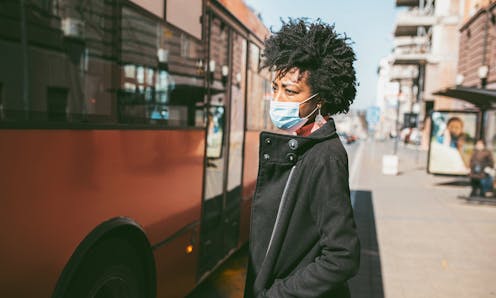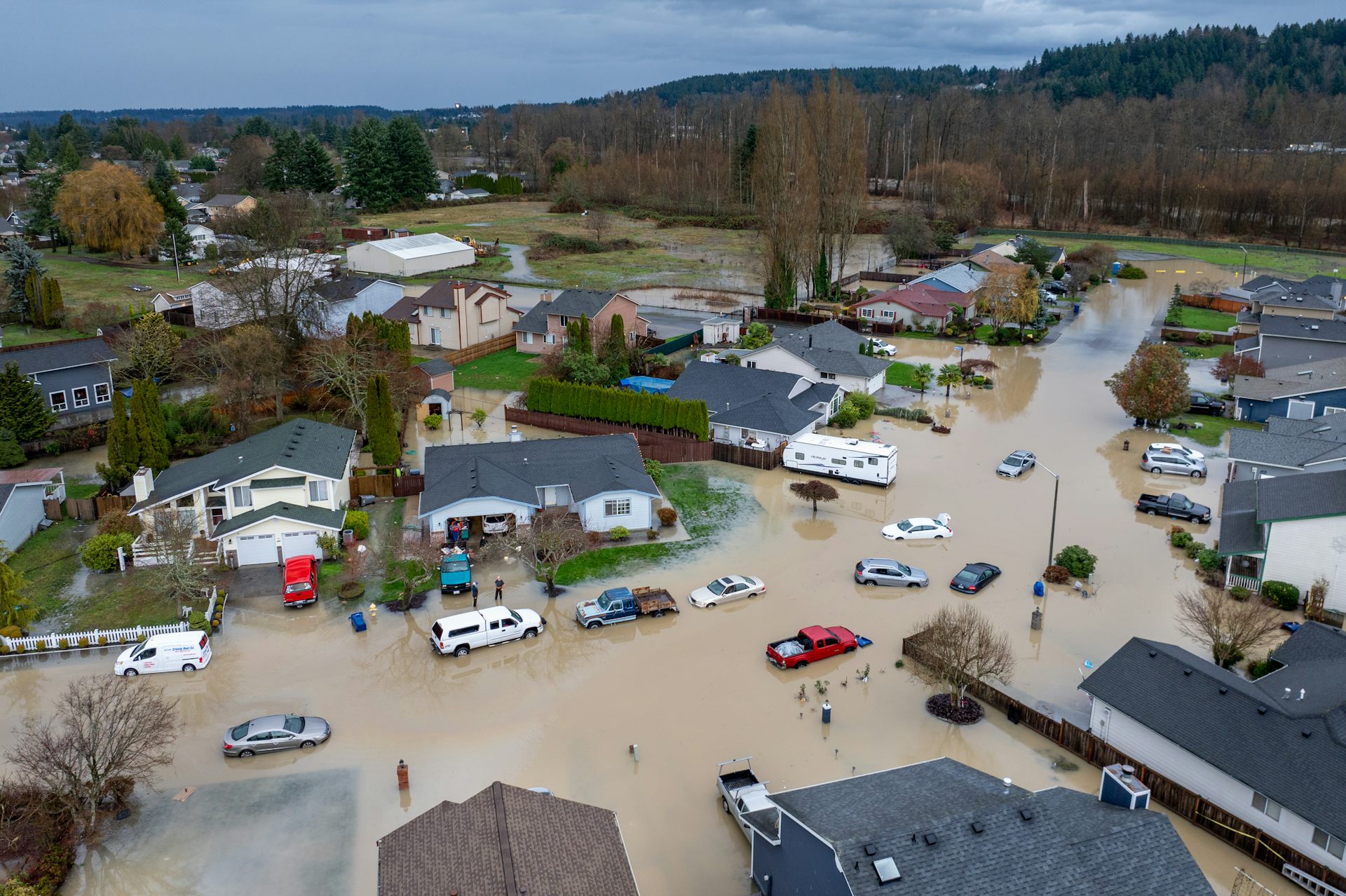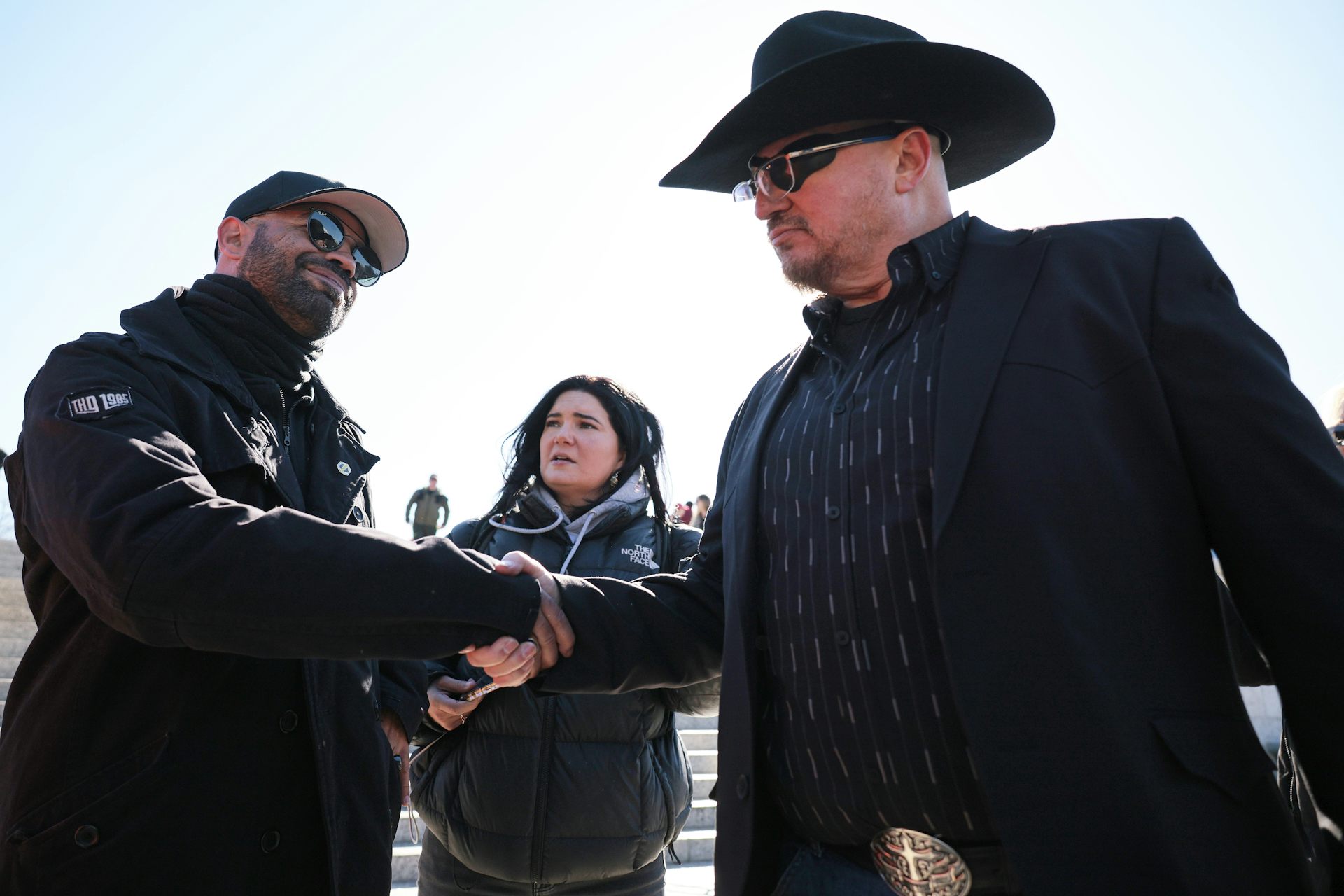Is the COVID-19 pandemic cure really worse than the disease? Here's what our research found
Putting a dollar value on human lives to compare the costs and benefits of stay-at-home orders can have unintended consequences. These researchers found a different way.

The Research Brief is a short take about interesting academic work.
The big idea
The coronavirus pandemic catapulted the country into one of the deepest recessions in U.S. history, leaving millions of Americans without jobs or health insurance. There is a lot of evidence that economic hardship is associated with poor health and can increase the risk of cardiovascular disease, mental health problems, cognitive dysfunction and early death.
All of that raises a question: Is the U.S. better off with the public health interventions being used to keep the coronavirus from spreading or without them?
In a new working paper, I and a team of health economists from U.S. universities set out to answer that question from a humanitarian perspective. To do that, we reviewed the latest data and scientific research about the virus to evaluate the number of lives saved if public health measures remain in place. We also reviewed economic studies looking at deaths caused by past restrictions of economic activity to assess the number of lives that could be lost if those measures trigger an extended economic recession.
We estimate that by the end of 2020, public health measures to mitigate COVID-19, including shelter-in-place orders, school and business closures, social distancing and face mask recommendations, would save between 500,000 and 2.7 million lives in the U.S. The economic downturn and loss of income from shelter-in-place measures and other restrictions on economic activity could contribute to between 50,400 and 323,000 deaths, based on an economic decline of 8%-14%.
Counting lives alone, we conclude that the public health measures to stop the spread of COVID-19 are justified and in the best interest of our society.
Why it matters
President Donald Trump likes to say that the cure must not be worse than the disease when it comes to coronavirus interventions that affect the economy. The public health approach works, but it can also hurt. Determining the “right dose” of a medicine always requires careful consideration of unintended consequences.
Several cost-benefit calculations of the COVID-19 economic shutdown measures have recently appeared in the popular press. They determined that saving the life of a COVID-19 patient could come at a price of up to US$6.7 million per year of life saved in terms of economic losses. These calculations stirred up a heated debate, with one side advocating for a save-lives-not-dollars approach and the other doubting its wisdom. The debate fell along party lines, further contributing to misinformation and even some willful resistance to public health recommendations.
By acknowledging and fully exploring the possible ramifications of the economic recession in lives saved or lost, our hope is that we will create a more “apples-to-apples” comparison. Most comparisons of the costs of interventions being discussed put a dollar figure on lives saved or lost. If an analysis finds, for example, that the U.S. pays $1.5 million for every life saved, that raises a value question: Is that a reasonable cost or not? The answer can lead people and policymakers to resist public health measures. Our analysis instead compares the number of lives likely to be saved to the number of lives likely to be lost, keeping judgments about the value of a human life out of the equation.
The results are clear – the public health measures save more lives than they may jeopardize in the long run.
What still isn’t known
The current economic downturn is unusual in that it wasn’t caused by a structural economic problem, like a war or a housing bubble, but rather by a pandemic – a severe but temporary external factor. Therefore, it is unclear how long it will take for the economy to recover. It is also unclear how the pandemic may change over time.
The June and July jobs reports showed higher-than-expected jobs growth following the easing of economic restrictions. This seeded much-needed optimism for a quick economic recovery and suggested that the impact on the economy might be not as severe as people expected. At the same time, a recent study shows that many COVID-19 survivors may lose immunity to the virus within a matter of months, adding to reinfection concerns, which means public health measures may actually be saving more lives than once thought. Many of these uncertainties can impact our calculations.
Our team is continuously tracking these developments and updating our analyses.
What other research is being done
An important question that we have not explored yet is how the benefits and the costs of COVID-19 measures are distributed. We know the virus disproportionately affects older people and people of color. We also know that lower-income people are most likely to suffer health consequences from loss of employment or income.
If policymakers have the information to better understand these effects, they can find ways to anticipate public sentiment during public health crises.
Olga Yakusheva does not work for, consult, own shares in or receive funding from any company or organization that would benefit from this article, and has disclosed no relevant affiliations beyond their academic appointment.
Read These Next
West Coast levee failures show growing risks from America’s aging flood defenses
Levees protect more than 7 million buildings in the US today, yet they got a D-plus grade in 2025. A…
LA fires showed how much neighborliness matters for wildfire safety – schools can do much more to te
Managing fire risk is about more than regulations and rules. It’s also about caring for neighbors…
Has the Fed fixed the economy yet? And other burning economic questions for 2026
As 2026 begins, uncertainty is at the top of everyone’s mind.






